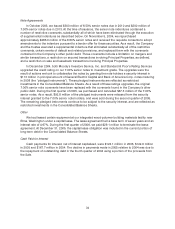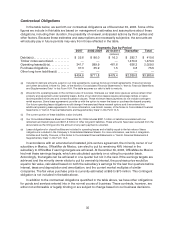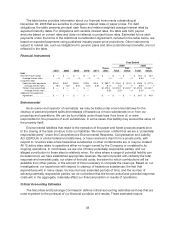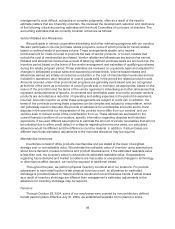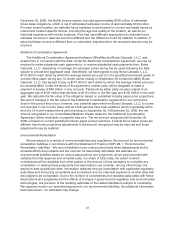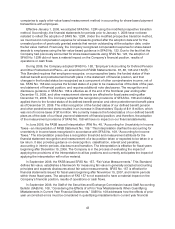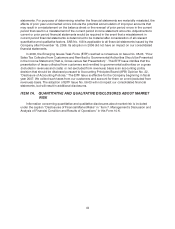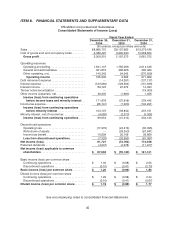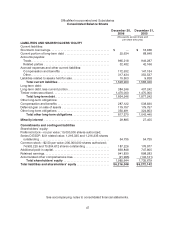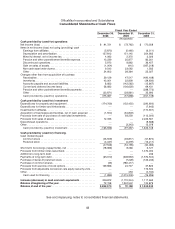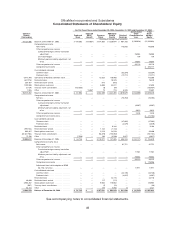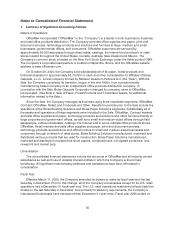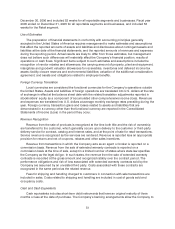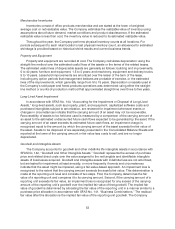OfficeMax 2006 Annual Report Download - page 48
Download and view the complete annual report
Please find page 48 of the 2006 OfficeMax annual report below. You can navigate through the pages in the report by either clicking on the pages listed below, or by using the keyword search tool below to find specific information within the annual report.44
statements. For purposes of determining whether the financial statements are materially misstated, the
effects of prior yearuncorrected errors include the potential accumulation of improper amounts that
may result ina misstatement on the balance sheet or the reversal of prior period errors in the current
period that result in a misstatement of the current period income statement amounts. Adjustments to
current or prior period financial statements would be required in the event that a misst atement in
current period financial statements isdetermined to be material after consideration of all relevant
quantitative and qualitative factors. SAB No. 108 is applicable to all financial statements issued by the
Company after November 15, 2006. Its adoption in 2006 did not have an impact on ourconsolidated
financial statements.
In 2006, the Emerging Issues Task Force (EITF) reached aconsensus on Issue No. 06-03, “How
Sales Tax Collected from Customers and Remitted to Governmental Authorities Should be Presented
in the Income Statement(That is, Gross versusNet Presentation)”. This EITFIssue clarifies that the
presentationof taxes collected from customers and remitted to governmental authorities on a gross
(included in revenues and costs) or net (excluded from revenues) basis is an accounting policy
decision that should be disclosed pursuant to Accounting Principles Board (APB) Opinion No. 22,
“Disclosure of Accounting Policies.” The EITF Issue is effective for the Company beginning in fiscal
year 2007. We collect such taxes from ourcustomers and account for them on a net(excluded from
revenues) basis. The adoption of EITF Issue No. 06-03 will not impact our consolidated financial
statements, but will result in additional disclosures.
ITEM 7A.QUANTITATIVE AND QUALITATIVE DISCLOSURES ABOUT MARKET
RISK
Information concerning quantitative and qualitative disclosures aboutmarketrisk is included
under the caption “Disclosures of Financial Market Risks” in “Item 7. Management’s Discussionand
Analysis of Financial Condition and Results ofOperations” in this Form 10-K.


